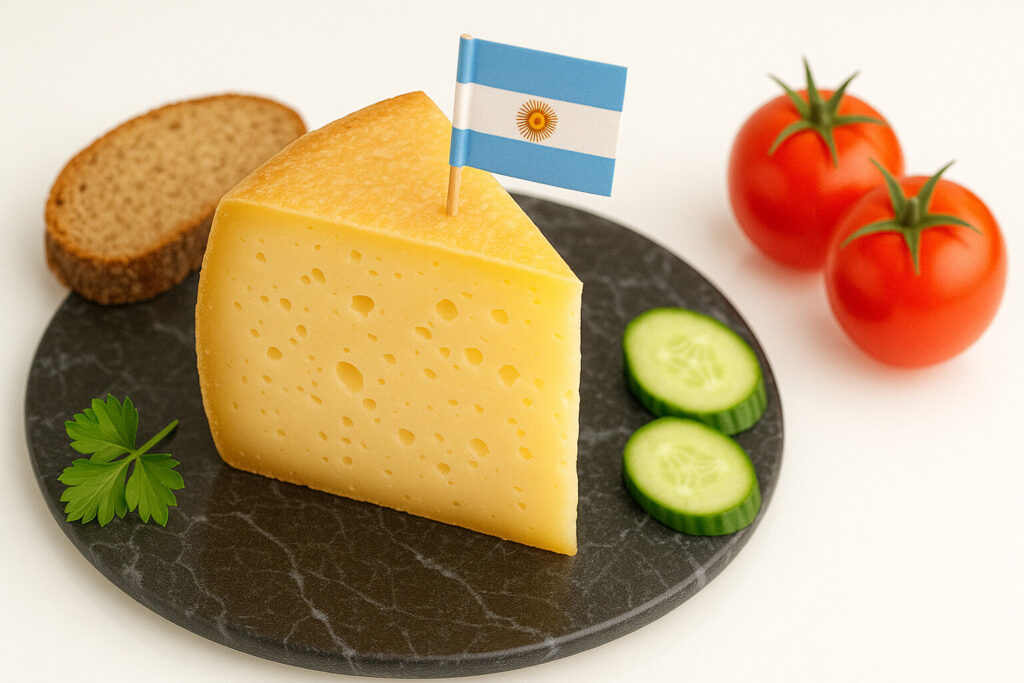Fruity Undertones Cheese
Definition and Scope
Fruity undertones cheese refers to varieties exhibiting aromatic compounds reminiscent of fresh or dried fruits. These notes arise from specific microbial activity and aging conditions rather than added flavorings. The category spans multiple milk types and production regions, united by this shared sensory characteristic.
Common examples include certain Alpine-style cheeses and washed-rind varieties where fruit esters develop during maturation. These cheeses typically undergo extended aging periods ranging from several months to over a year. The fruity character represents one dimension within broader cheese flavor wheels and classification systems.
Production Methods
Fruity notes develop through controlled fermentation processes involving specific bacterial strains like Lactococcus and Leuconostoc. These microorganisms produce esters and ketones during ripening that create fruity aromas. Cheesemakers carefully regulate temperature and humidity to encourage these biochemical pathways.
Washed-rind techniques using brine, beer, or wine solutions often enhance fruity development by influencing surface microbiology. The aging environment’s microbial ecosystem breaks down fats and proteins into aromatic compounds. Production timing is critical, as under-aging yields minimal fruit notes while over-aging can produce overwhelming ammonia tones.
Sensory Profile
The fruity spectrum in cheese encompasses aromas ranging from bright citrus and apple to richer apricot and pineapple notes. These characteristics are primarily olfactory rather than taste-based, detected through retronasal perception. Texture typically remains firm to semi-firm, supporting the aromatic complexity.
Balancing elements include subtle nutty, buttery, or earthy notes that prevent the fruit character from dominating. The finish often carries the fruity aroma longest, lingering after other flavors subside. Professional graders evaluate these cheeses using standardized aroma wheels that categorize fruit notes into specific families.
Culinary Applications
Fruity undertones cheeses pair exceptionally with crisp white wines, light beers, and fruit-forward reds that complement their aromatic profile. They work well in composed cheese plates alongside fresh fruits, nuts, and mild crackers. Their complexity stands alone but also enhances simple preparations without overwhelming other ingredients.
In cooking, these cheeses melt effectively while maintaining their distinctive aromatic character. They elevate grilled sandwiches, pasta dishes, and savory tarts with their nuanced flavor contribution. Chefs often use them as finishing elements rather than primary ingredients to preserve their delicate fruit notes.
Regional Examples
French Comté frequently exhibits nutty and fruity notes, particularly in wheels aged over 12 months. The Jura region’s specific terroir and traditional production methods contribute to these characteristics. Swiss Appenzeller displays similar fruity complexity from its herbal brine washing process.
Italian Parmigiano-Reggiano often develops pineapple-like notes during its extended 24-month minimum aging period. English cloth-bound cheddars can develop apple and citrus undertones through natural rind development. These regional specialties demonstrate how local techniques and environments shape fruity characteristics.

